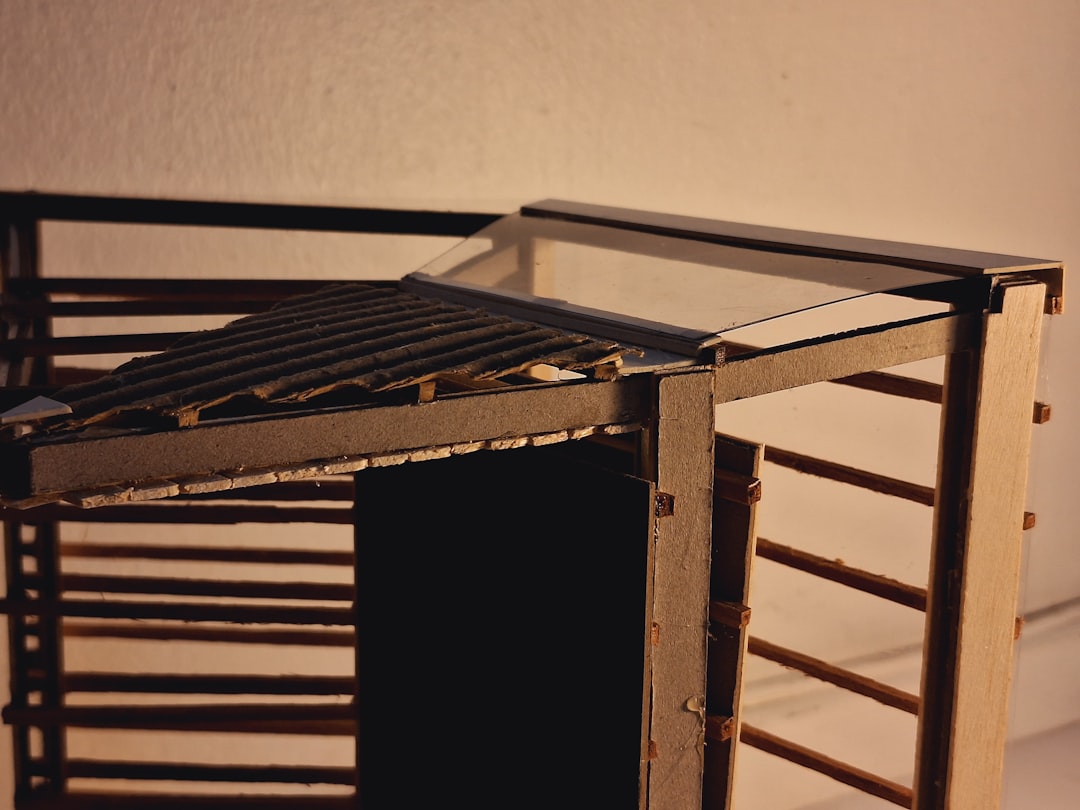Steel frames are the backbone of countless buildings, from towering skyscrapers to modest residential structures. Their strength, versatility, and relatively fast construction time make them a popular choice for architects and engineers. However, designing a safe and efficient steel frame requires a deep understanding of structural principles, material properties, and relevant design codes. This comprehensive guide will delve into the key aspects of steel frame design, providing insights into the process from initial concept to final construction.
1. Understanding the Fundamentals of Steel Frame Analysis
Before embarking on the design, a thorough understanding of structural analysis is crucial. This involves determining the forces acting on the frame, including dead loads (weight of the structure itself), live loads (occupancy loads, furniture, snow), and environmental loads (wind, seismic). Finite Element Analysis (FEA) software is commonly employed to model the structure and accurately predict stress and deflection under various load combinations. Different analysis methods, such as linear elastic analysis and non-linear analysis, are selected based on the complexity of the structure and the desired accuracy. The results of this analysis dictate the required size and strength of the steel members.
2. Selecting the Right Steel: Material Properties and Grades
Steel isn’t a monolithic material; different grades possess varying strength and ductility characteristics. The selection of the appropriate steel grade is critical for optimizing the design. Factors influencing this choice include the anticipated loads, the desired slenderness ratio of the members, and the welding process to be used. Higher-strength steels allow for lighter and more slender members, leading to cost savings and potentially improved aesthetics. However, higher-strength steels can be more brittle and require careful consideration of potential fracture mechanisms. Understanding yield strength, tensile strength, and ductility is crucial for making informed material selection decisions. Relevant design codes, such as AISC (American Institute of Steel Construction) or Eurocode 3, provide guidance on acceptable steel grades and their properties.
3. Designing Efficient Steel Connections: The Heart of the Frame
The performance of a steel frame is heavily reliant on the integrity of its connections. These connections transfer forces between different members, and their design must ensure sufficient strength and stiffness to prevent failure. Common connection types include bolted connections, welded connections, and a combination of both. The choice of connection type depends on factors such as load capacity requirements, ease of fabrication, and cost. Bolted connections offer flexibility and ease of erection, while welded connections provide higher strength and stiffness. Careful consideration must be given to the design of connection details, including bolt spacing, weld sizes, and the use of gusset plates or other reinforcement elements. Proper detailing is critical to avoid stress concentrations and ensure the connection’s capacity meets the design requirements.
4. Navigating Design Codes and Standards for Steel Frames
Adherence to relevant design codes and standards is paramount in ensuring the safety and stability of steel structures. These codes provide prescriptive and performance-based requirements for material selection, analysis, and design. Familiarization with these codes is essential for engineers involved in steel frame design. For example, in the United States, the AISC 360 specification provides design criteria for structural steel buildings, while in Europe, Eurocode 3 offers similar guidance. Understanding the specific requirements of the applicable code, including load combinations, allowable stresses, and detailing rules, is critical for producing a compliant and robust design. Ignoring these standards can lead to significant legal and safety issues.
5. Optimization and Detailing: Refining the Steel Frame Design
Once the preliminary design is complete, optimization techniques can be employed to refine the design and minimize material usage while maintaining structural integrity. This might involve adjusting member sizes, optimizing connection designs, or exploring alternative structural configurations. Software tools can assist in this process by automating calculations and allowing for rapid evaluation of different design options. Detailed shop drawings are then prepared, providing precise dimensions and specifications for fabrication and erection. These drawings must include all necessary details, such as member sizes, connection types, bolt patterns, and weld specifications. Accurate detailing is crucial to ensure that the fabricated members fit together correctly and that the connections function as intended. Careful consideration of fabrication constraints and tolerances is also necessary to avoid potential problems during construction.
Designing steel frames is a complex process that requires a blend of theoretical knowledge and practical experience. By understanding the principles of structural analysis, material selection, connection design, and code compliance, engineers can create safe, efficient, and aesthetically pleasing steel structures. This detailed approach ensures that the final product stands the test of time, while maintaining structural integrity and complying with all relevant safety regulations.
SEO-Friendly Tags:
- Steel Frame Design
- Structural Steel Design
- Steel Structure Analysis
- Steel Connection Design
- Building Structural Engineering




